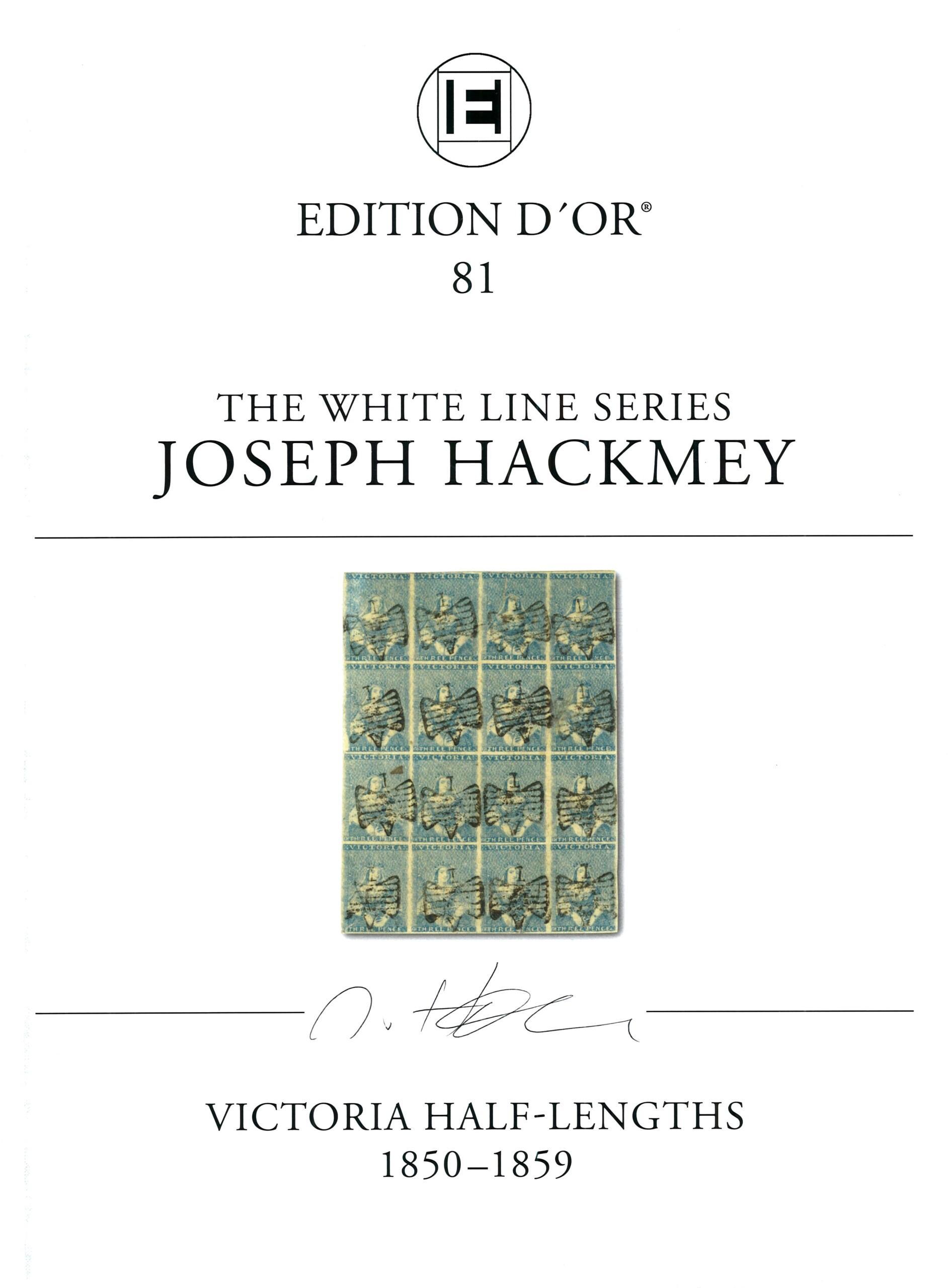Further, the stones used to print the stamps were composed in different means, the first, of 30 subjects, were laid down directly from the dies, the subsequent composed using transfer blocks of various sizes (10, 12, 15, 24 and 30 subjects).
All were produced in Melbourne, Australia, initially part of the state of New South Wales, and the hub of the Port Phillip District, a separate postal administration. (there was no entity of “Victoria” when the first issues were produced and used).
The state of Victoria became separate in late 1850, in part because it had doubled in population since 1846 as a result of the Gold Rush centered on Ballarat.
The numerous “Half-Length” issues are difficult to differentiate at a glance. The first great distinction is between those printed from stones laid down directly from the dies (the “First Issue” with one exception) and those from stones composed using transfer blocks. The latter were inevitably less clear and detailed, though they composed the bulk of the issues.
The stamps were printed by two local firms. The first was that of Thomas Ham (who received the contract in 1849 and continued as printer until 1853). A new contract tender led to the firm of J.S. Campbell & Co. being accepted in 1854. The firm became Campbell and Ferguson later that year. The Campbell printings used transfers made from the original dies provided by Thomas Ham, and continued through 1857.
Because plating has not been completed, the exhibit distinguishes between units, positions and transfer types. The units were researched by C. L. Pack and Purves to denote individually distinct examples, some of which were subsequently plated to their original positions. Transfer types often repeat several times on a given stone. As printing progressed, evident retouches have also been identified and some are shown herein.
Another factor in differentiation is the spacing of the stamps on the printing stones, which continued to vary. Often it was so narrow that stamps showing four margins are extremely uncommon. Please note the many exceptional examples throughout this exhibit.
The final chapters of this exhibit deal with the 3d Blue issues of 1857 rouletted on one or two sides by the counter clerks at Melbourne, plus those privately rouletted for the convenience of the users, and also those of early 1859 perforated 12 by F.W. Robinson (then the contractual stamp printer).
Brief information: Format 25.5 x 34 cm, 168 pages, art paper, colour illustrations, hardcover with gold embossed title and spine, plus dust jacket, retail price: €79 plus shipping costs. Available from: Heinrich Köhler Auktionshaus GmbH & Co. KG, Hasengartenstraße 25, 65189 Wiesbaden, Germany, phone +49 (0) 611 34 14 90, email: info@heinrich-koehler.de.


